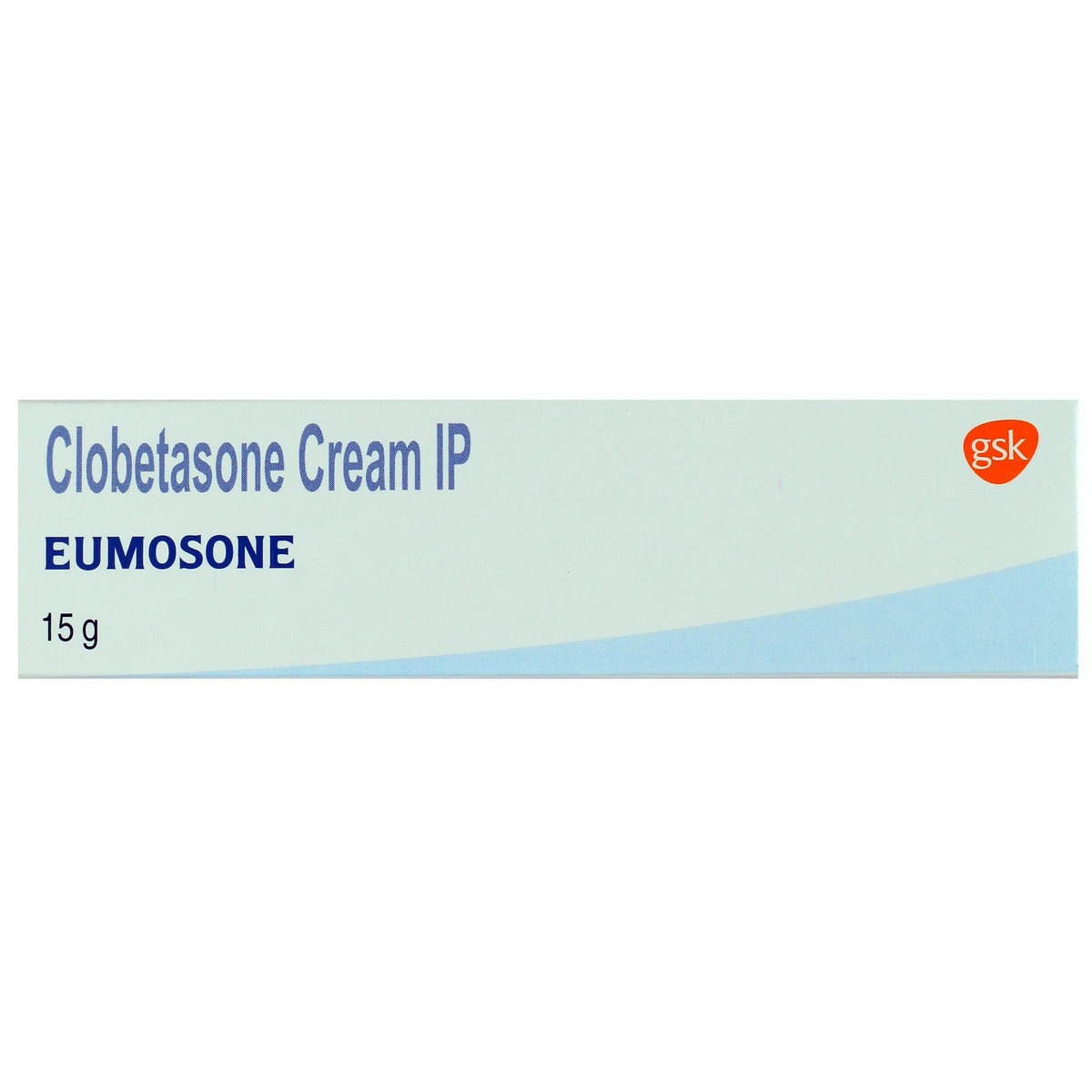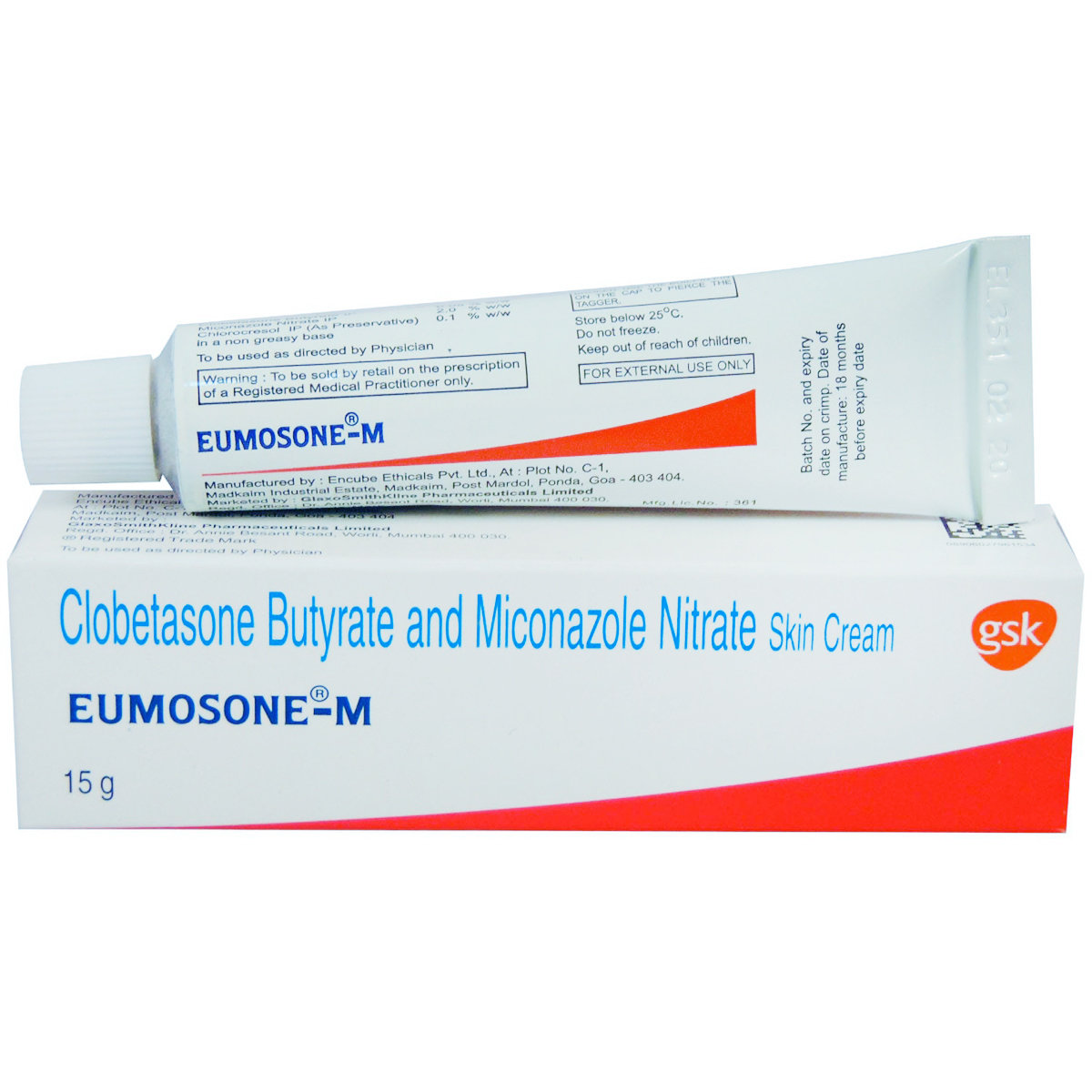Clobetasone
About Clobetasone
Clobetasone belongs to a class of dermatological preparations called topical corticosteroids primarily used to treat swelling, itching redness, and irritation caused due to certain skin problems such as dermatitis (itchy, swelling of the skin), eczema (itchy, cracked, swollen, or rough skin) and psoriasis (scales and itchy, dry patches). Skin irritation occurs when an allergic reaction releases several substances that widen blood vessels, causing itching, redness, pain, and swelling in the affected area.
Clobetasone contains 'Clobetasone' that works by acting inside skin cells inhibiting the release of certain chemical messengers responsible for causing redness, itching, and swelling. When the skin reacts to any allergens, such chemicals are released normally. Thus, Clobetasone treats skin allergies like allergic dermatitis, eczema, and psoriasis.
Use Clobetasone as prescribed. Clobetasone is for external use only. Avoid contact of Clobetasone with nose, mouth, or eyes. In case Clobetasone comes in contact with these areas accidentally, rinse with water thoroughly. Some people may experience itching, pain, irritation, or burning sensation at the site of application. Most of these side effects of Clobetasone do not require medical attention and gradually resolve over time. However, if the side effects persist or worsen, please consult your doctor.
If you are allergic to Clobetasone or any other medicines, please tell your doctor. If you are pregnant or a breastfeeding mother, it is advised to consult a doctor before using Clobetasone. Wear disposable plastic gloves or wash your hands after use if you are applying Clobetasone for others. Avoid smoking or going near naked flames as the fabric (bedding, clothing, dressings) in contact with Clobetasone catches fire and burns easily. Do not use Clobetasone within skin folds and on broken skin without a doctor’s advice. Avoid contact of Clobetasone with eyes, as it may lead to glaucoma (high pressure in the eye damages the optic nerve) or cataracts if Clobetasone gets into the eye repeatedly. Do not swallow Clobetasone. In case of accidental swallowing, rinse your mouth with plenty of water or consult a doctor immediately. If you have acne, rosacea (redness and often red, small, pus-filled bumps on the face), chronic leg ulcer, infected skin, or itchy skin that is not inflamed, inform your doctor before taking Clobetasone.
Uses of Clobetasone
Medicinal Benefits
Clobetasone is a steroid that is used to treat swelling, itching redness, and irritation caused due to certain skin problems such as dermatitis (itchy, swelling of the skin), eczema (itchy, cracked, swollen, or rough skin), and psoriasis (scales and itchy, dry patches). Clobetasone acts inside the skin cells and inhibits the release of certain chemical messengers in the body that cause redness, itching, and swelling. When the skin reacts to any allergens, such chemicals are released normally.
Directions for Use
Storage
Side Effects of Clobetasone
- Itching, pain, irritation or burning sensation at the site of application
Drug Warnings
If you are allergic to Clobetasone or any other medicines, please tell your doctor. If you are pregnant or a breastfeeding mother, it is advised to consult a doctor before using Clobetasone. Wear disposable plastic gloves or wash your hands after use if you are applying Clobetasone for others. Do not cover or wrap the treated area with a bandage unless advised by your doctor. Avoid using the Clobetasone for more than 5 days on the face. Avoid smoking or going near naked flames as the fabric (bedding, clothing, dressings) in contact with Clobetasone catches fire and burns easily. Do not use Clobetasone within skin folds and on broken skin without a doctor’s advice. Avoid contact of Clobetasone with eyes, as it may lead to glaucoma (high pressure in the eye damages the optic nerve) or cataracts if Clobetasone gets into the eye repeatedly. Do not swallow Clobetasone. In case of accidental swallowing, rinse your mouth with plenty of water or consult a doctor immediately. If you have acne, rosacea (redness and often red, small, pus-filled bumps on the face), chronic leg ulcer, infected skin, or itchy skin that is not inflamed, inform your doctor before taking Clobetasone.
Drug Interactions
Drug-Drug Interaction: Clobetasone may interact with HIV/AIDS drugs (ritonavir), and antifungals (itraconazole).
Drug-Food Interaction: No interactions found.
Drug-Disease Interaction: If you have acne, rosacea (redness and often red, small, pus-filled bumps on the face), chronic leg ulcer, infected, skin or itchy skin that is not inflamed, inform your doctor before taking Clobetasone.
Drug-Drug Interactions Checker List:
Safety Advice

Alcohol
cautionPlease consult a doctor before consuming alcohol while using Clobetasone.

Pregnancy
safe if prescribedClobetasone is Category A pregnancy drug and is given to a pregnant woman only if the doctor thinks benefits outweigh risks.

Breast Feeding
cautionThe excretion of Clobetasone in human milk is unknown and is given to a breastfeeding mother only if the doctor thinks benefits outweigh risks. However, if prescribed by a doctor, do not apply Clobetasone on breasts or nipple area to prevent the baby's accidental ingestion of Clobetasone.

Driving
safe if prescribedClobetasone usually does not affect your ability to drive or operate machinery.

Liver
safe if prescribedIf you have any concerns regarding the use of Clobetasone in patients with liver problems, please consult a doctor.

Kidney
safe if prescribedIf you have any concerns regarding the use of Clobetasone in patients with kidney problems, please consult a doctor.

Children
cautionClobetasone should be used with caution in children below 12 years if prescribed by a doctor.
Habit Forming
Diet & Lifestyle Advise
- Eat foods rich in quercetin (a flavonoid) such as apples, cherries, broccoli, spinach, and blueberries.
- Consuming food rich in probiotics helps in developing the immune system against allergies.
- Limit intake of food that might trigger allergies such as dairy products, soy, eggs, and nuts.
- Avoid consumption of foods with excess sugar as it may flare up inflammation.
- Include fruits, vegetables, whole grains, healthy fats, and fish in your diet.
- Reducing stress and maintaining a regular sleep pattern would be helpful.
- Avoid getting in contact with harsh soaps, detergents, and rough fabrics.
Special Advise
Please consult a dermatologist if the skin condition does not improve after 1 month of treatment with Clobetasone.
Patients Concern
Disease/Condition Glossary
Skin allergies: Swelling of the skin occurs when an allergic reaction or skin irritation releases several substances in the skin that widens blood vessels and cause itching, redness, pain, and swelling in the irritated area. Dermatitis is a common skin condition associated with dry, itchy, or swollen skin. Eczema is a skin condition that causes itchy, cracked, swollen, or rough skin. Psoriasis is a skin condition in which skin cells multiply faster than normal, resulting in white scales and itchy, dry patches.
FAQs
Clobetasone contains Clobetasone, a steroid that works by acting inside skin cells and inhibiting the release of certain chemical messengers in the body that cause redness, itching and swelling.
Yes, Clobetasone may be used to treat itching and redness caused due to insect bites. However, please consult a doctor before using Clobetasone.
Clobetasone should be used with caution in children below 12 years if prescribed by a doctor and is not recommended to use for more than 7 days. Also, avoid prolonged daily treatment for more than 4 weeks in children as it may affect their growth.
You are recommended to use Clobetasone on the face only if advised by your doctor and do not use for more than 5 days on the face as the skin on the face thins easily. Avoid the use of dressing or bandages on the face.
Clobetasone is not recommended for patients suffering from chronic leg ulcer as it may increase the risk of local allergic reaction or infection. Therefore, inform your doctor if you have a chronic leg ulcer before using Clobetasone.
No, Clobetasone is not recommended to treat acne as it may worsen the condition. Clobetasone is only used to reduce itching, swelling and redness caused due to certain skin diseases such as psoriasis, eczema or dermatitis. However, please consult a doctor before using Clobetasone.
You are not recommended to stop using Clobetasone without consulting your doctor as it may worsen the condition. Therefore, take Clobetasone for as long as your doctor has prescribed it, and if you experience any difficulty while taking Clobetasone, please consult your doctor.
Clobetasone should be used with caution to treat diaper rash as using Clobetasone under child’s nappy enables Clobetasone to pass through the skin easily and cause adverse effects. However, please consult a doctor before using Clobetasone in children.






